Solanum capsicastrum plant
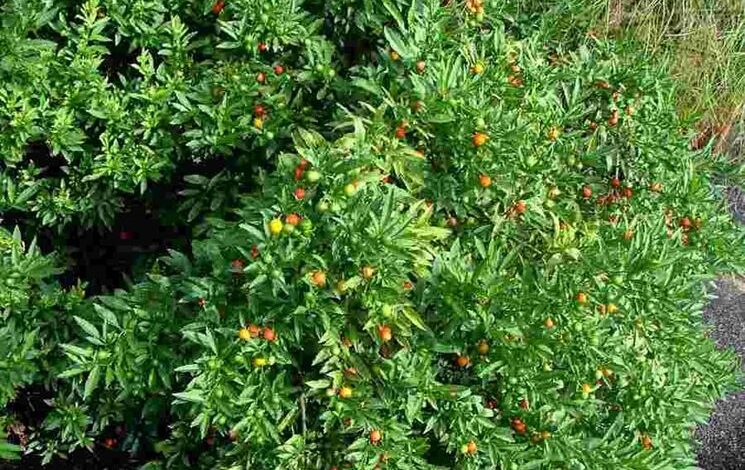
Irrigation
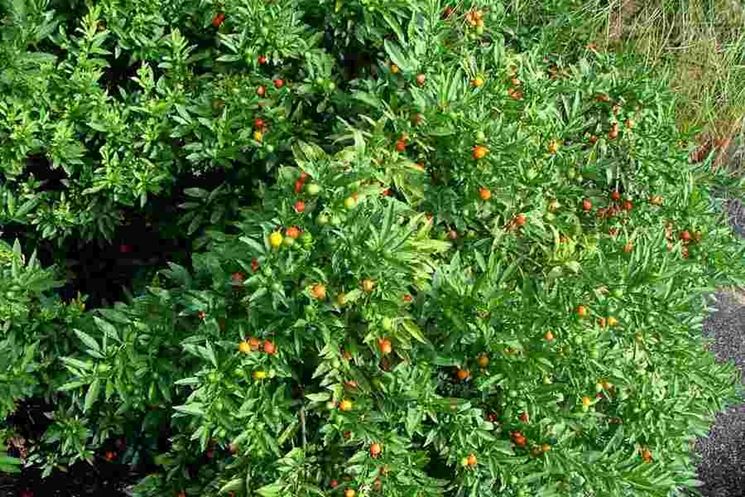
Growing tips
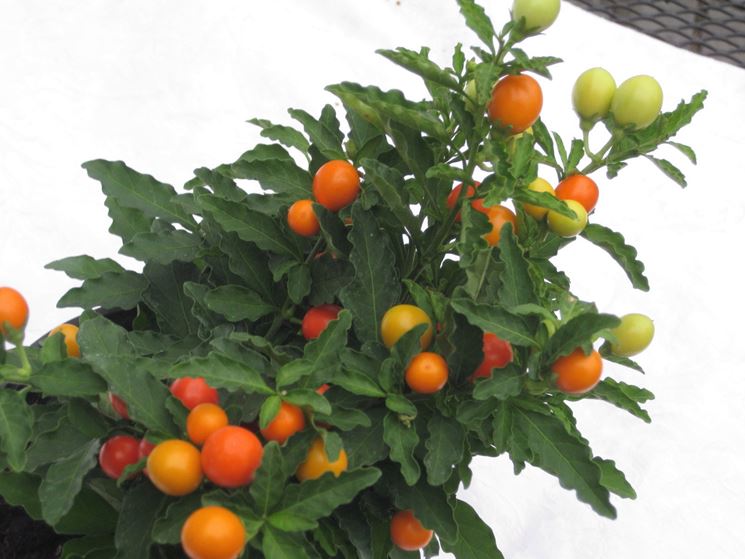
This plant develops easily in numerous types of soil, as long as there is good drainage: this is an essential feature to avoid the aforementioned water stagnation. Multiplication occurs by sowing; the seeds should be placed in a container filled with handfuls of soil mixed with sand. The seedling must be grown in pots in the initial stages of its growth, and only after a year can it be transplanted in the garden or in a larger container. Fruiting is favored by careful pruning, carried out in such a way as to cut only the dried, damaged or diseased branches, using shears or similar tools: the important thing is that these tools are perfectly clean, otherwise you could run the risk of infections .
Fertilization
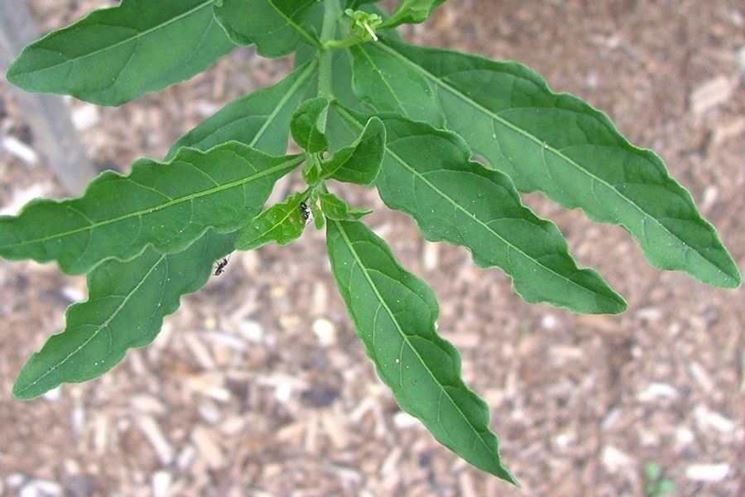
Fertilization must be done every fortnight if you choose to use a liquid fertilizer to be integrated with the watering water; if, on the other hand, a slow-release granular product is used, it is advisable to proceed every two or three months. It is essential to provide the plant with the three main macroelements, namely phosphorus, nitrogen and potassium, plus further microelements such as magnesium, zinc, manganese and iron. It is advisable, during the autumn fertilizations, to reduce the quantity of nitrogen administered, as this element, by stimulating the growth of the tissues, could weaken the specimen in view of the winter. On the other hand, none of the three macroelements must be missing from the plant: otherwise there would be a significant slowdown in development.
Solanum capsicastrum plant: Exposure, diseases and pests
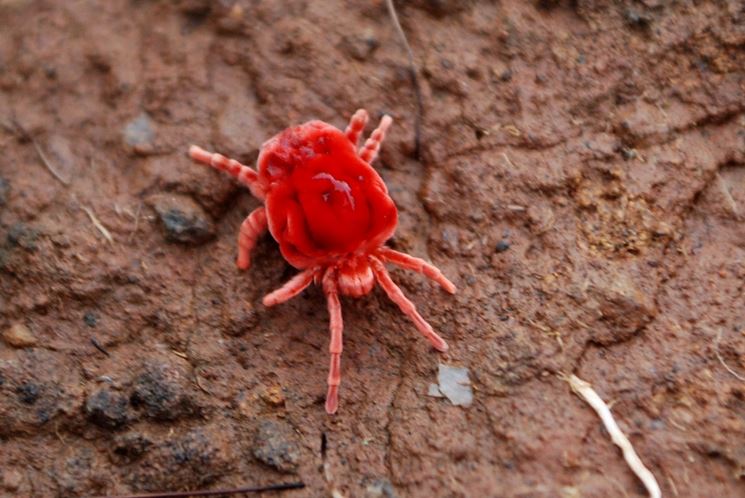
For the exposure of Solanum capsicastrum, a well-lit environment is suggested, but sheltered from cold air currents and bad weather; the perfect temperature for this plant is around 20 ° C. Fungal diseases such as mold and powdery mildew can occur, especially in the case of overabundant humidity, which can be contrasted with specific fungicides; it is essential to intervene in time, before the fungus spreads excessively. Among the parasites, very annoying are the red spiders, which cause the drying of the leaves and, in the most serious cases, the formation of necrotic areas on the plant: the Marseille soap dissolved in a basin full of water is an excellent natural remedy , but alternatively the nettle macerate is also convenient, to be applied on the damaged areas.
